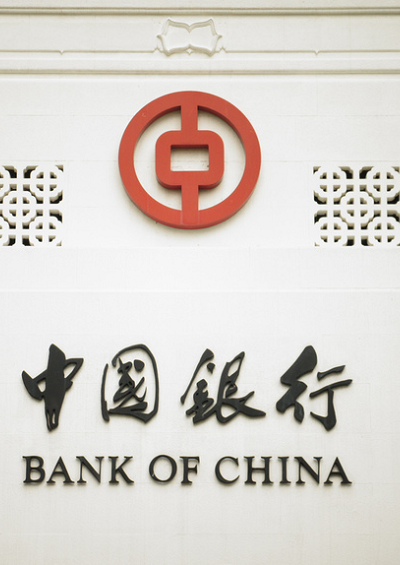Keeping China In or Out? Beijing Vs. Washington on TPP
Global economic diplomacy gets more complicated as China plays its cards.
March 23, 2015

Does China simply want to rewrite the rules of the global game and create frameworks that work to its advantage, or can it be brought back into the fold? These are questions anxiously asked not just in Asia’s capital, but also in Washington, D.C. itself where there is growing nervousness about China’s longer-term objectives.
As Beijing’s economic might and political power continue to grow and its influence across Asia and beyond spreads, it may seem that when it comes to new rules for a new regional order, China has the upper hand.
A grand proposal
The proposed establishment of the Asian Infrastructure Investment Bank by Beijing would seem to suggest so, as it seeks to challenge the business of existing international financial institutions head-on.
With a total of 33 countries — including India, the Philippines and Indonesia as well as non-regional nations such as Britain, France, Germany and Italy — the AIIB is pegged to become a serious rival institution to traditional providers of low-interest loans.
In fact, the Chinese-majority led organization would compete head-on with the U.S.-led World Bank and the Asian Development Bank, which has always been headed by a Japanese national. Both the United States and Japan remain strongly opposed to the AIIB and have dissuaded key partners such as Australia and South Korea from joining, at least for now.
Yet to argue that China is trying to ramp up alternative international economic frameworks where it can call the shots would not be seeing the bigger picture and what the future actually may hold.
After all, not too long ago, the world’s biggest trade deal was seen by Beijing as a means for the United States and its allies to contain the threat of Chinese expansion. Such worries about the Trans-Pacific Partnership deal, however, no longer hold true in China.
China wants a place at the table
While the 12 member countries of the TPP try to push through the trade pact that would represent about 40% of the global GDP, China now aspires to be inside that tent eventually, rather than remain outside of it.
That at least is the logical conclusion about Beijing’s longer-term aspirations, considering the number of Chinese analysts and officials committed to assessing details of the pact on a day-to-day basis.
It would be in the interest not only of China, but the global community at large, if China were to continue to aspire to joining the TPP and hence to meet the changing needs of an integrated global economy.
Yet, as the White House presses for a conclusion to the TPP negotiations, the focus is increasingly on the political angle of the pact.
The prevailing argument is that the TPP is the economic arm of the U.S. rebalancing act to Asia and that without the deal the United States would be elbowed out of Asia. That message resonates with lawmakers on Capitol Hill in particular.
Still, placing too much focus on the U.S.-led or China-led rules for the future could backfire in the longer term. After all, before proposing the AIIB, China had lobbied hard to press for reform both within the World Bank and the Asian Development as well as the IMF – changes that are largely blocked in the U.S. Congress.
China is not alone
Beijing has not been alone in pushing for change in the international financial institutions, which continue to be dominated by the United States, Japan and European nations.
Other countries, including Brazil and India, are among those pressing for greater representation. So while the AIIB can be regarded as a direct competitor to the established institutions, it can also be seen as a result of a failure for the existing institutions to meet new realities and needs among the rising powers.
Following that same logic, Beijing has put a back-up plan into the works. It has taken the lead in establishing alternative trade regimes to the TPP, including the Regional Comprehensive Economic Partnership agreement that includes key TPP member states — but not the United States.
In short, diplomacy in Asia – including in the domain of international financial institutions and trade regimes – is becoming much more multi-faceted. China is making its weight felt – and expects, yes, proper accommodation.
The White House’s best bet to remain a key player in establishing new rules in Asia may actually be to encourage Beijing to join TPP down the line, so that the momentum for any alternative Chinese visions lose steam. Failure to do so might backfire in the long run and put Washington out in the cold.
Takeaways
China is trying to ramp up alternative international economic frameworks where it can call the shots.
Washington’s best bet to remain a key player in Asia may be to encourage Beijing to join TPP.
China, Brazil and India are all pushing for change in the international financial institutions.
Without the TPP, the United States would be elbowed out of Asia.
Read previous

Global Culture
Urbanization in Serbia
March 22, 2015
